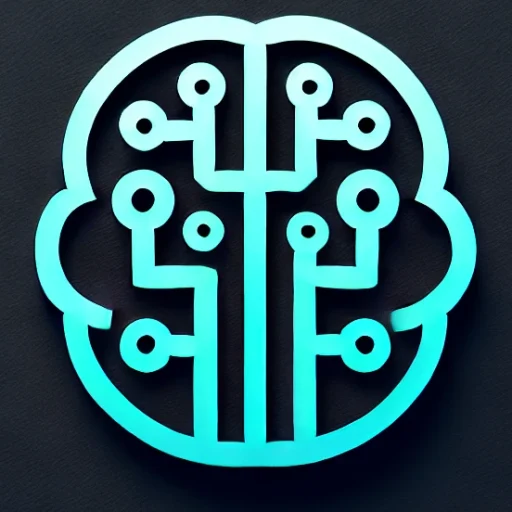
The Rise of Generative AI: Transforming Industries and Redefining Creativity
Introduction
In the rapidly evolving landscape of artificial intelligence, generative AI is emerging as one of the most transformative and impactful technologies of our time. Its ability to create something entirely new—from text and images to music and virtual worlds—is reshaping industries and redefining the boundaries of creativity. As we delve into the latest advancements, applications, and challenges surrounding generative AI, it becomes clear that this technology is not just a fleeting trend but a groundbreaking force with profound implications for the future.
Key Insights & Latest Advancements
Generative AI, a subset of machine learning, involves algorithms that can generate new content based on training data. Recent advancements in this field, especially with models like OpenAI’s GPT-4, Google’s Imagen, and DALL-E, have set new benchmarks in generating human-like text and highly realistic images. These models leverage deep learning architectures, such as transformers, to understand and replicate complex patterns in data, making them capable of creating content that was previously unimaginable.
The introduction of GANs (Generative Adversarial Networks) has further propelled the evolution of generative AI. These networks pit two neural networks against each other—a generator and a discriminator—to produce content that becomes progressively better, blurring the line between what is real and what is artificially created.
Real-World Applications
The applications of generative AI are as diverse as they are innovative. In the media and entertainment industry, it is being used to create realistic visual effects and animation, significantly reducing production costs and time. In the music industry, AI-generated compositions are providing new tools for musicians to explore novel creative directions.
In healthcare, generative AI is aiding in drug discovery by simulating molecular structures and predicting their interactions, potentially accelerating the development of new treatments. Additionally, in the fashion and design sectors, generative models are driving the creation of unique designs and patterns, offering customized solutions to cater to individual preferences.
Challenges & Future Outlook
Despite its vast potential, generative AI faces several challenges. Ethical concerns around authenticity and ownership of AI-generated content remain a point of contention. The potential for misuse in creating deepfakes or fraudulent content raises serious ethical and security issues.
Moreover, the computational power required to train and run these models can be significant, posing barriers to entry for smaller entities. As generative AI continues to scale, addressing these challenges will be critical to ensuring responsible and equitable deployment.
Looking ahead, the future of generative AI is poised for remarkable growth. Continued advancements in hardware and algorithms, along with robust regulatory frameworks, will be crucial in harnessing its full potential. As industries continue to adopt and integrate these technologies, the way we create, consume, and interact with content will fundamentally transform.
Conclusion
Generative AI stands at the forefront of technological innovation, offering unprecedented opportunities and challenges. Its ability to generate creativity and simulate human-like content is set to redefine industries and inspire new paradigms of thinking. As we navigate its ethical implications and technical barriers, the potential for generative AI to enhance human creativity and problem-solving is boundless. Embracing this technology with a forward-thinking approach will open new horizons and reshape our world in ways we are only beginning to imagine.

